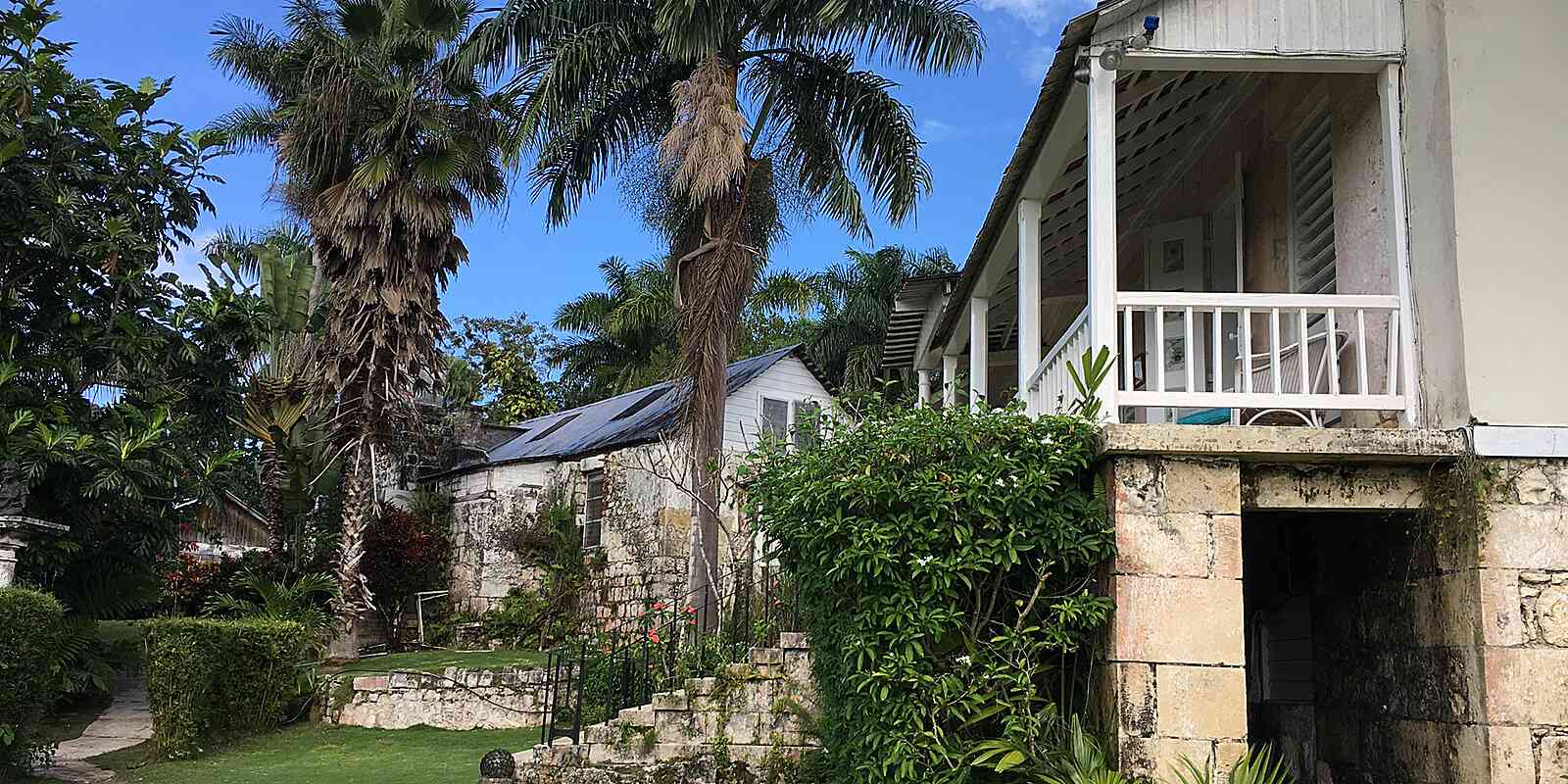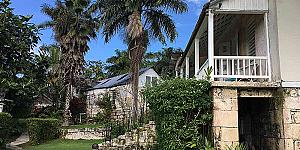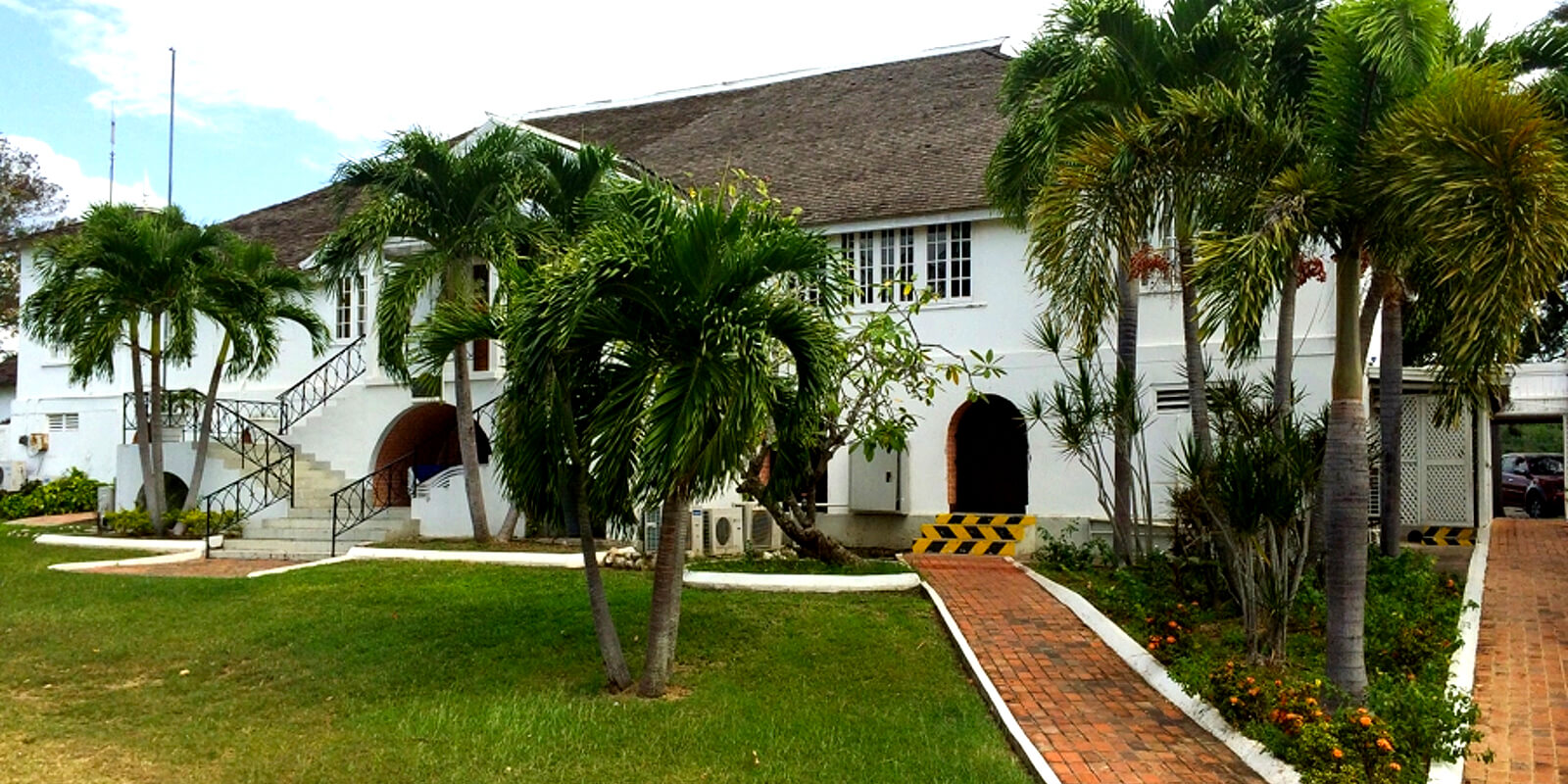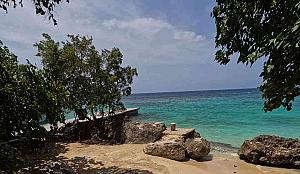Good Hope Plantation
, Trelawny
Description
🏝️ Good Hope Plantation: From 1744 Sugar Estate to Modern Zip Line Adventure Center
✨ Vibe Check: Historic adventure, Martha Brae river, plantation heritage
What happens when a 280-year-old sugar plantation becomes an adventure park? Good Hope Plantation transforms colonial history into modern thrills where zip lines soar over the same Martha Brae River that powered the original 1744 sugar estate. This expansive Cockpit Country property went from 9,000-acre plantation to Chukka Caribbean adventure center while preserving the historic 1755 Great House and fascinating stories of John Tharp's progressive plantation that survived slave uprisings.
👨👩👧👦 Who Should Come? Perfect for adventure families, history enthusiasts, and anyone wanting unique plantation-to-adventure experiences. Great for kids loving zip lines and adults interested in colonial heritage.
🔍 What's There:
- Historic 1755 Great House tours with colonial architecture
- Zip line adventures through plantation grounds
- Martha Brae River tubing experiences
- Horse and buggy rides around historic estate
- Dune buggy adventures through Cockpit Country
- Historic plantation village remnants
- 9,000-acre grounds for exploration
- Chukka Caribbean operations - professional adventure guides
- Sugar factory ruins from 1902 operations
- Martha Brae River access for water activities
- Colonial history interpretation and storytelling
💡 Insider Tip: Here's the transformation secret: This plantation survived slave uprisings because of John Tharp's progressive treatment - it had its own church, 300-bed hospital, and Free School for slaves! Today's zip lines and river tubing happen on the same grounds where sugar was produced for over 150 years. The Great House tour combined with modern adventures gives you both historical depth and adrenaline thrills in one unique experience!
Amenities
Historical
Similar Attractions
Folly Point Lighthouse has been the steadfast maritime guardian since 1888, flashing its white light...
Bob Marley Mausoleum in Nine Mile – the sacred birthplace where Bob's musical journey began and wher...
Major Thomas Halse built his 1680 great house like a fortress with British troops at all four corner...










